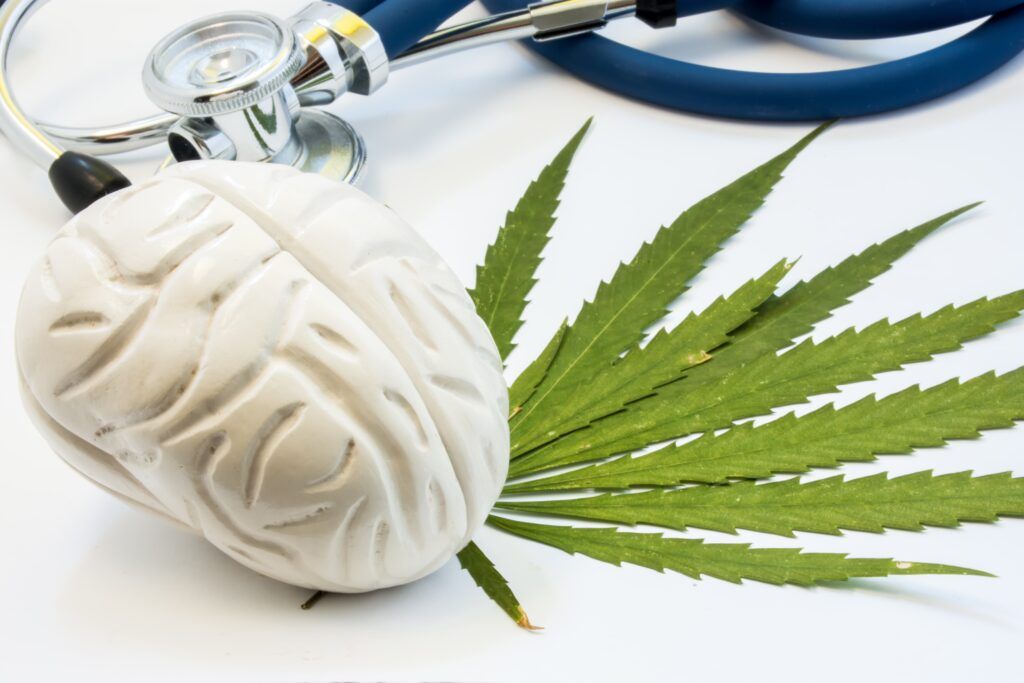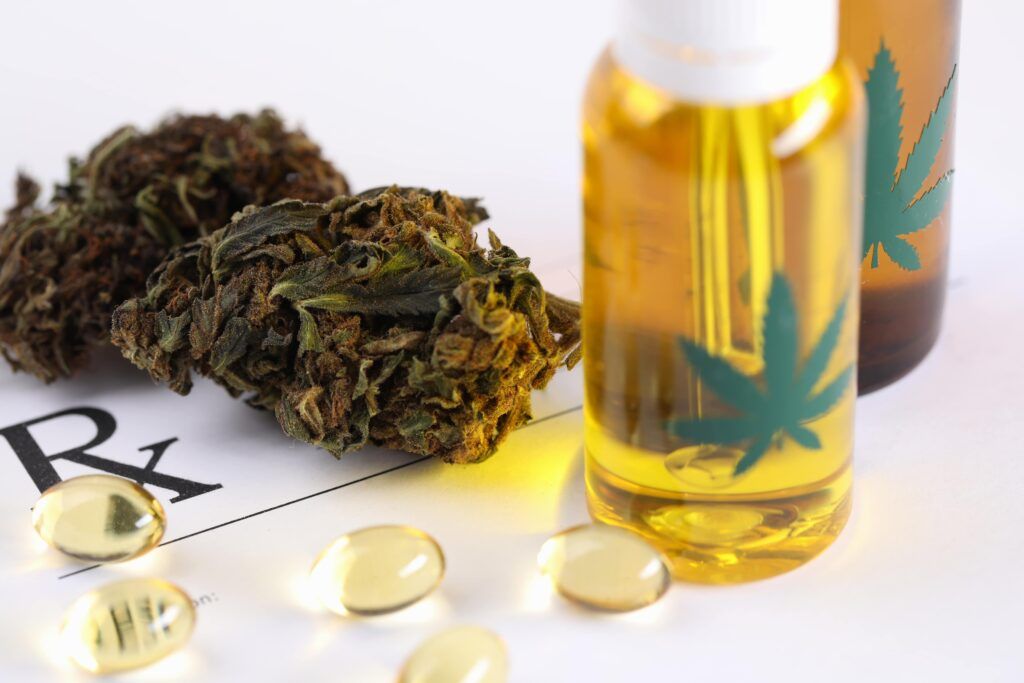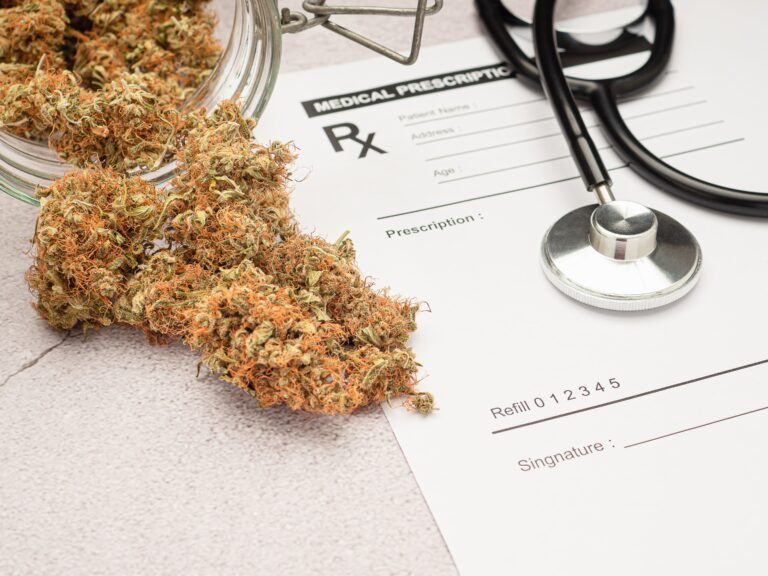Medical cannabis, also known as medical marijuana, has garnered significant attention in the healthcare field for its potential benefits in treating various neurological conditions. This article will explore the therapeutic implications of medical cannabis, its benefits for neurological disorders, and the different forms in which it can be administered.
Understanding Medical Cannabis

Medical cannabis refers to the use of cannabis plant or its basic extracts to treat symptoms of illness and other conditions. The two main cannabinoids from the cannabis plant that are of medical interest are THC (delta-9 tetrahydrocannabinol) and CBD (cannabidiol). THC can increase appetite and reduce nausea, while CBD, which does not produce a high, can be useful in reducing pain and inflammation, controlling epileptic seizures, and possibly treating mental illness and addictions.
Benefits for Neurological Conditions
Several studies have demonstrated the effectiveness of medical cannabis in treating neurological conditions, including:
- Epilepsy: CBD has shown promise in reducing seizure frequency and severity in various forms of epilepsy, with some patients achieving complete seizure control.
- Multiple Sclerosis (MS): Medical cannabis may help alleviate symptoms of MS such as muscle stiffness and spasms, pain, and frequent urination.
- Parkinson’s Disease: Cannabis has been reported to provide relief from Parkinson’s symptoms, including tremors, rigidity, and bradykinesia (slowness of movement).
- Chronic Pain: Neuropathic pain, a common symptom in many neurological disorders, can be effectively managed with cannabis.
- Alzheimer’s Disease: Some research suggests that cannabis could help manage behavioral symptoms of dementia, such as agitation and aggression.
Forms of Medical Cannabis
Medical cannabis, due to its versatility, can be administered in various forms, each with unique characteristics, onset times, duration of effects, and suitability for different medical conditions. Understanding these forms is crucial for patients and healthcare providers to choose the most appropriate method of administration based on the individual’s needs and the specific medical condition being treated. Here’s a detailed look at the different forms:
Inhalation: Smoking and Vaporizing
- Smoking: The traditional method involves inhaling the smoke from burning cannabis flowers. The effects are almost immediate, typically within minutes, and peak within 10 to 30 minutes. Smoking allows for easy dose titration but can irritate the lungs and respiratory system.
- Vaporizing (Vaping): This involves heating cannabis at a temperature that releases cannabinoids (like THC and CBD) in a vapor, without burning the plant material. It’s less harsh on the lungs compared to smoking and provides effects similar in onset and duration.
Oral Administration: Edibles, Oils, and Capsules

- Edibles: Cannabis-infused foods or drinks. The onset of effects is slower (30 minutes to 2 hours) because the cannabinoids need to be digested and metabolized in the liver. The effects can last longer, typically 4 to 6 hours, making edibles suitable for chronic conditions.
- Oils and Tinctures: These are often placed under the tongue (sublingually) for faster absorption directly into the bloodstream. The onset is quicker than edibles but slower than inhalation, usually around 15 to 30 minutes. They can also be swallowed, though this will delay onset time.
- Capsules: Filled with oil, they are ingested and metabolized like edibles. Capsules provide a precise dosage and are a discreet way to consume cannabis, with effects similar to edibles.
Topical Application: Creams, Lotions, and Balms
Applied directly to the skin. Ideal for localized relief of pain, soreness, or inflammation. They are not psychoactive, meaning they don’t produce the “high” associated with other forms of cannabis. The onset of relief can be rapid, and the duration varies depending on the product.
Sublingual Administration: Tinctures and Sprays
- Tinctures: Alcohol or oil-based cannabis extracts, typically administered with a dropper under the tongue. They are absorbed quickly into the blood, with effects beginning within 15 to 30 minutes.
- Sprays: Similar to tinctures in use and effect, sprays are administered under the tongue or inside the cheek. They offer a discreet and easy-to-control dosing method.
Transdermal Patches
Applied to the skin, they release cannabinoids slowly over time. Patches provide a consistent, long-term dosage, making them suitable for chronic conditions. Effects can take several hours to onset but can last for an extended period, often up to 12 hours or more.
Nasal Sprays and Inhalers
- Nasal Sprays: Deliver cannabinoids directly into the nasal cavity, offering a quick onset of effects. This method is relatively new and not as commonly used as others.
- Inhalers: Similar to asthma inhalers, they deliver a metered dose of cannabis. The onset of effects is quick, similar to smoking or vaporizing, but without the smoke.
Each method has its advantages and disadvantages in terms of onset time, duration of effects, ease of use, and the ability to control dosages. The choice of delivery method should be based on the patient’s specific condition, lifestyle, and personal preferences, always under the guidance of a healthcare professional.
Deciding Which Form of Medical Cannabis is Right for You
Deciding the most appropriate form of medical cannabis for an individual involves considering several key factors. It’s a decision that should be made with careful consideration and, ideally, in consultation with a healthcare provider experienced in cannabis therapy. Here are the steps and considerations to keep in mind:
Understand Your Medical Condition:
Different forms of medical cannabis work better for specific conditions. For instance, chronic pain might be better managed with edibles or transdermal patches, while acute pain or anxiety attacks might benefit from inhalation methods for quick relief.
Consider Onset Time and Duration of Effects:
Inhalation (smoking or vaping) provides immediate effects, useful for conditions needing quick relief. Edibles and capsules have a delayed onset but longer-lasting effects, suitable for chronic conditions. Sublingual tinctures and sprays offer a balance between quick onset and moderate duration.
Evaluate Personal Lifestyle and Preferences:
Consider your daily activities, responsibilities, and lifestyle. If discretion is important, edibles, capsules, or tinctures might be preferable over smoking or vaping. Your comfort with different methods (e.g., inhaling vs. swallowing) will also play a role in your decision.
Assess Your Tolerance and Experience with Cannabis:
Novice users might prefer methods with easier dose control, like tinctures or edibles, to avoid overconsumption. Experienced users might be more comfortable with methods that require self-titration, like smoking or vaping.
Consider Health Factors:
If you have respiratory issues, smoking might not be advisable. In such cases, edibles, tinctures, or topicals would be better options. If you have digestive issues, inhaling or sublingual use might be more effective than edibles.
Review Legal and Regulatory Constraints:
The legality of different forms of medical cannabis can vary by region. Ensure that the method you choose is legal in your area.
Consult with a Healthcare Professional:
A doctor or cannabis specialist can provide personalized advice based on your medical history, current medications, and specific condition. They can also help you start with a safe dosage and monitor your response to the treatment.
Trial and Error:
Sometimes, finding the right form involves some experimentation under medical supervision. Start with low doses and gradually adjust as needed.
Consider Long-Term Viability:
Think about whether you can consistently use the chosen method over the long term, considering cost, ease of access, and your willingness to continue with that form of administration.
Stay Informed and Flexible:
As research progresses, new information and forms of medical cannabis might emerge. Stay open to adjusting your approach as new data becomes available.
Remember, what works for one person might not work for another. Personalization is key in medical cannabis therapy.
Conclusion
In conclusion, the diverse forms of medical cannabis, ranging from inhalation methods like smoking and vaporizing, to edibles, oils, tinctures, topical applications, transdermal patches, and more, offer a wide array of options for patients seeking relief from various medical and neurological conditions. Each method comes with its unique characteristics in terms of onset time, duration of effects, ease of use, and suitability for specific health concerns. The choice of the most appropriate form of medical cannabis is highly individualized, depending on one’s specific medical needs, lifestyle, personal preferences, and health considerations. It is imperative for patients to consult with healthcare professionals to make an informed choice and to approach cannabis therapy with an understanding of its nuanced effects and the legal landscape surrounding its use. The flexibility in administration methods ensures that medical cannabis can be tailored to fit the needs of a diverse range of patients, enhancing its potential as a valuable therapeutic tool in modern medicine.

Dr. Kashouty, a diplomate of the American Board of Psychiatry and Neurology (ABPN), practices general neurology with fellowship trained specialization in clinical neurophysiology. Dr. Kashouty finds the form and function of the nerves and muscles the most interesting part of neurology, which is what led him to specialize in neurophysiology with more emphasis on neuromuscular conditions. He treats all neurological diseases, but his main focus is to treat and manage headaches, movement disorders and neuromuscular diseases.




